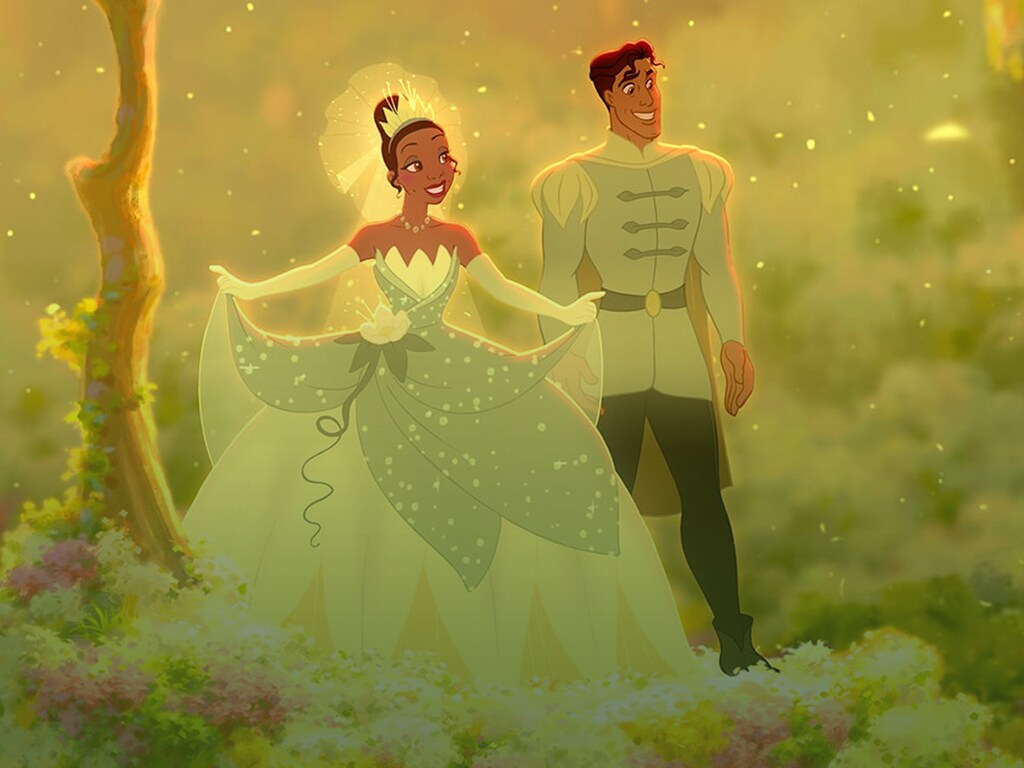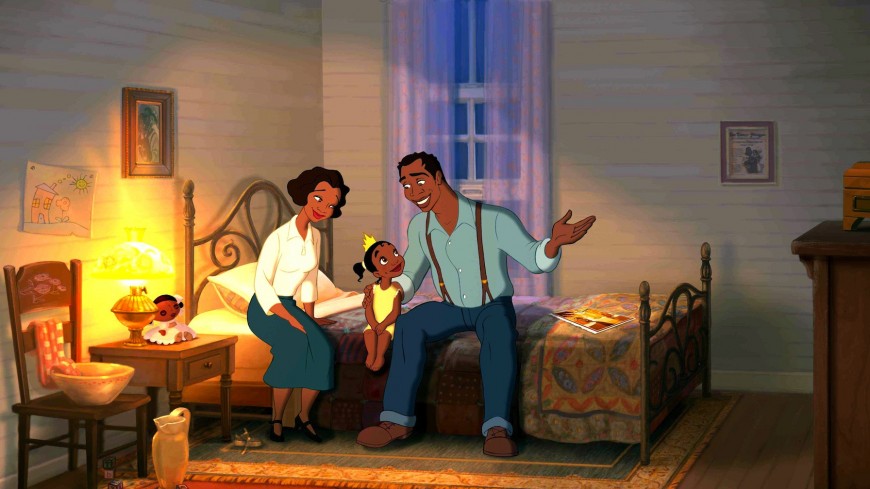The Princess and the Frog: a do-over
The Princess and the Frog: a fresh eye on a complicated Disney classic
When I first encountered The Princess and the Frog in cinemas for a friend’s birthday, I have to admit 6-year-old me was underwhelmed. That feeling is one that stuck with me for a long time, confusing and unexpected as it was, and over the years my thoughts on the film have changed a lot. What I do know now, reflecting on that cinema trip, is this: while I left the cinema feeling underwhelmed, there were plenty of other young girls watching this film (including my friend, the birthday girl) for whom this film was overwhelmingly important. This film was an opportunity for her to see a Disney princess who looked like her.
What I’m proposing here is a re-evaluation of The Princess and the Frog, taking into account some of its important issues, but also trying to take an optimistic view of the film with fresh eyes. Is it really possible to look past the issues (of racial representation, amongst other things) in this film? I think to focus solely on those issues would be to ignore the other important lessons we can take from this film.
So what lessons are there to learn from this story? A couple of things that come to mind are gratitude and perspective. Sometimes we need to have experiences which put us out of our comfort zone so that we can grow as individuals and gain new perspectives on our lives. This requires some kind of transformation (metaphorically speaking), so the film’s storyline makes use of that idea in a literal sense to line up with this process of learning and developing. Learning from each other is not the same as becoming one another; the power of it is in becoming new, better versions of ourselves with the support and inspiration of those we surround ourselves with. When we meet Tiana and Naveen at the beginning of the film, it seems that they would never find themselves in the same circles, but life throws them together and their differences are a way for them to have conversations, get to know each other, and therefore learn from one another.
There’s also the very particular historical and cultural context the film is working with in 1920s New Orleans which informs Tiana’s character very clearly. It’s an aesthetic choice but it’s also a way of framing Tiana’s struggles as a young black woman determined to make her own way in the world, by working hard to make her dreams a reality, not just wishing on a star, and not letting the restrictions placed on her by society and other people’s doubts stop her from fighting for what she wants.
In sum, then, what can we take from this film? That we cannot understate the importance of representation in media. It’s a powerful thing to watch characters who look like you and understand your experiences fight for their dreams and what they believe in, and especially for young children to see those things. We can appreciate that sometimes a new perspective is the secret key to making things work, when all other hope seems lost. Taking a step back, asking for help, and looking at it through someone else’s eyes can make all the difference that we never could have anticipated. And ultimately, just because something is imperfect doesn’t make it any less worthy. The Princess and the Frog is far from a perfect film, but the fact is it’s here and it’s had a hugely positive impact on its audiences, and that’s got to count for something.




Comments
Post a Comment